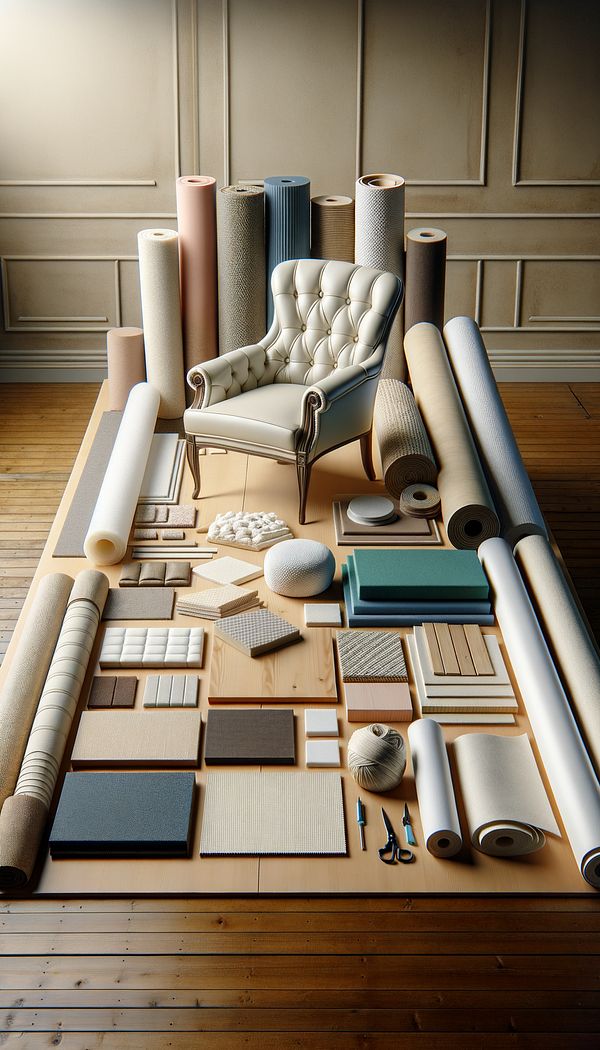What is Backing?
Backing refers to the material or support layer behind the visible layer of a product.
Description
In the realm of interior design, 'backing' has a vital role though it often goes unnoticed. This term refers to the material or support layer that is found behind the visible or outermost layer of a product, ensuring it has additional strength, stability, or insulation. Backing materials vary widely depending on their intended use and can include anything from fabric, foam, plywood, or even metal. Not only do these materials provide structural integrity, but they can also contribute to the comfort, acoustics, and thermal regulation of a space.
When selecting materials for interior projects, considering the type of backing can significantly affect the final outcome. For example, in the case of flooring and carpets, a carpet with a sturdy, cushioned backing can enhance comfort underfoot and improve sound insulation. In wall treatments and finishes, a wallpaper with a thick backing might be preferred for its ability to hide wall imperfections and add a layer of insulation. Backings are also critical in furniture types, where the right material can provide both shape to upholstered items and contribute to their longevity.
Usage
An interior designer might choose a particular carpet with a durable backing for a high-traffic area in a hotel to ensure longevity and ease of maintenance. While planning an office space, the designer could opt for acoustic panel backings to enhance sound insulation. In homes, selecting a sofa with high-density foam backing can offer both comfort and support over time.
FAQs
-
Can the type of backing affect the durability of a product?
Yes, the type of backing can significantly impact the durability of a product. A strong and appropriate backing material can enhance the product's resistance to wear and tear, making it last longer.
-
Are all backings made from the same material?
No, backings are made from a variety of materials, including fabric, foam, plywood, and metal, depending on their intended use and desired properties.
-
How does backing contribute to comfort?
Backing materials, especially in upholstered furniture and carpets, can provide additional cushioning, enhancing the comfort of the product.
Practical Application
When selecting products for interior design projects, take into account the properties of the backing material. For durability and maintenance purposes, ensure the backing suits the usage of the space. For comfort and acoustical benefits, choose backings that offer cushioning and sound absorption properties. Always consult with manufacturers about the best backing options for your specific needs.
-
Materials & Textiles360 articles
-
Furniture Types599 articles
-
Flooring & Carpets48 articles
-
Wall Treatments & Finishes157 articles
-
SetteeA settee is a medium-sized sofa designed to seat two or three people comfortably.
-
SconceA sconce is a wall-mounted light fixture.
-
BenchA bench is a long seat for multiple people that is often made of wood or metal.
-
Gainsborough ChairA large and comfortable armchair of British origin, known for its open sides and upholstered seat and back.
-
Block FrontBlock front refers to a furniture front design that protrudes in the middle section, creating a convex appearance.
